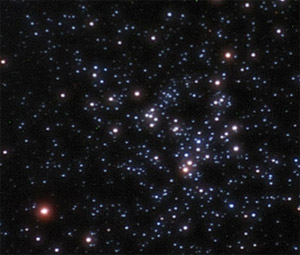How was the cartoon characters' invasion of Facebook profile pictures, this December? Every profile you land onto, would have shown you Dexters, Popeye, Scoobies, Tin Tins and several other stalwarts from the Cartoon World, letting us know how people loved (and would love) to revert to their childhood. You do, I bet. Perhaps, for this reason, these kind of high school queries pop up in my mind, then and there. :) Apparently matured science-freaks, stay away. ;)
 |
| Flat Earth Model |
Is the Earth round? Why shouldn't it be flat as it was assumed to be, centuries ago? What bothers the Flat Earth Model? Let me put forth, a few.
The Flat Earth:
Early astronomers, (most of them are actually travelers) who spent most of their time on sea, assumed that the Earth was flat, though their assumption wasn't blind enough to be criticized.
1. Out of hundreds of ships that start their journey from the same spot, a few were found missing, as they lose their way, get stranded on the sea and die off. This made the other travelers assure, "The horizon is always seen as a straight line bordering the sea and the sky; The ships cross the horizon and fall off the earth into the space", which proved the possibility that the Earth is flat.
 |
| Since the earth is flat, ships that cross the horizon(border) fall off the earth into the space and get lost. |
2. "According to the Aether Wave Theory, aether- a massless substance pervades all matter and even space(vacuum). If so, it would eventually resist the high pace of revolution of the spherical Earth round the sun; Being a sphere, aether resists its motion", the flat-earth nuts say.
The Spherical Earth:
On the contrary to the Flat Earth model, evolutionary philosophers like Eratosthenes posed a strong contradiction to the pre-existed model. Some of the solid and substantial proofs are as follows.
 |
| Lunar Eclipse |
1) We all agree that Lunar eclipse occurs only because the shadow of the Earth darkens the Moon, as the earth comes in between the Sun and the Moon. If not the Earth were spherical, the shadow observed would not be a "curve". This affirms that the Earth must be round, i.e, spherical.
2) Mast of Ships coming from a far distance is always seen before the hull. This proves that the Earth is round.
3) A stick casts shadows of different lengths at different places, at a time only because the Earth is round, spherical. If the Earth were flat, the stick would cast shadows of same length everywhere.
4) The geometric shape with minimum surface area is sphere. Every matter, especially liquids tend to get spherical to minimize their surface area. In analogy to this fact, spherical Earth must favor it formation.
5) Pole star(Polaris) is seen straight above the sky when observed from the North Pole, where as it is seen lower in the sky when observed from the Equator. This proves that the earth must be round.
Modern Approach:
Though, these points validate the spherical shape of the Earth, one need a fool-proof experiment to confirm its shape.
Every satellite image of the Earth, taken from the space or from the moon, show that the Earth is round. Also, the invention of three-dimensional imaging system and geosynchronous satellites add yet another proof to the Spherical shape of the Earth.
 |
| Satellite image of the Earth |
Also, the weight of an object as measured at the Poles appeared to the greater than that of the Equator. Since, the weight (gravitational force) varies inversely as the distance, heavier weight implies lesser distance. Therefore, the Poles must be relatively nearer to the center of the Earth, than the Equator. Therefore the shape of the Earth must be a sphere compressed at its poles. This shape, known as "Oblate spheroid" is widely accepted as the shape of the Earth. :D
gotcha??
























